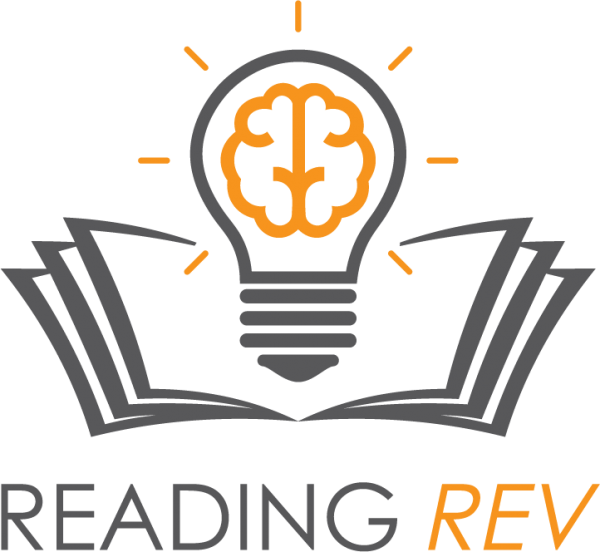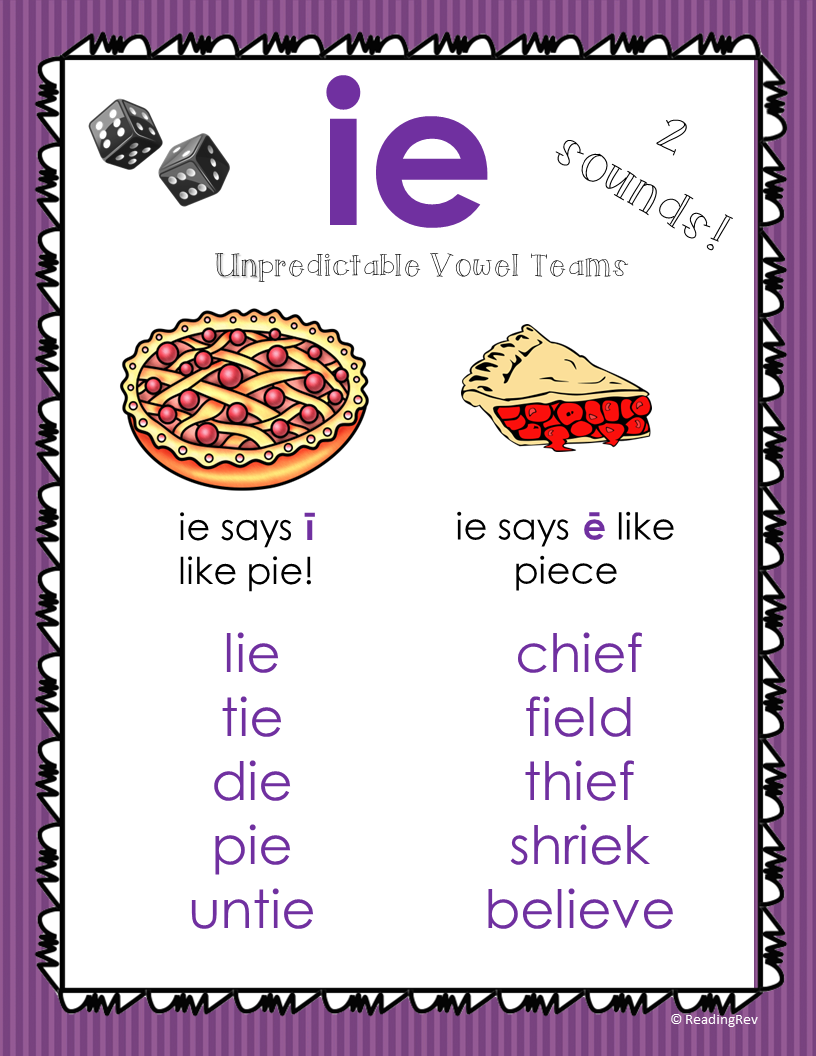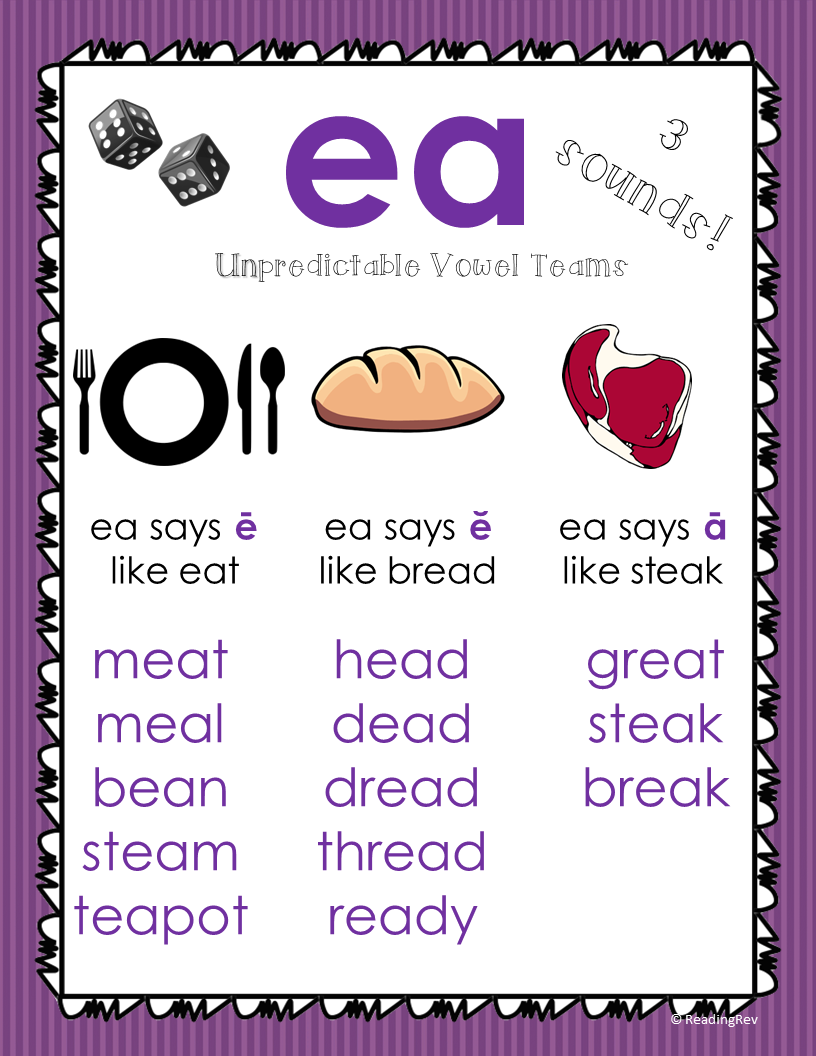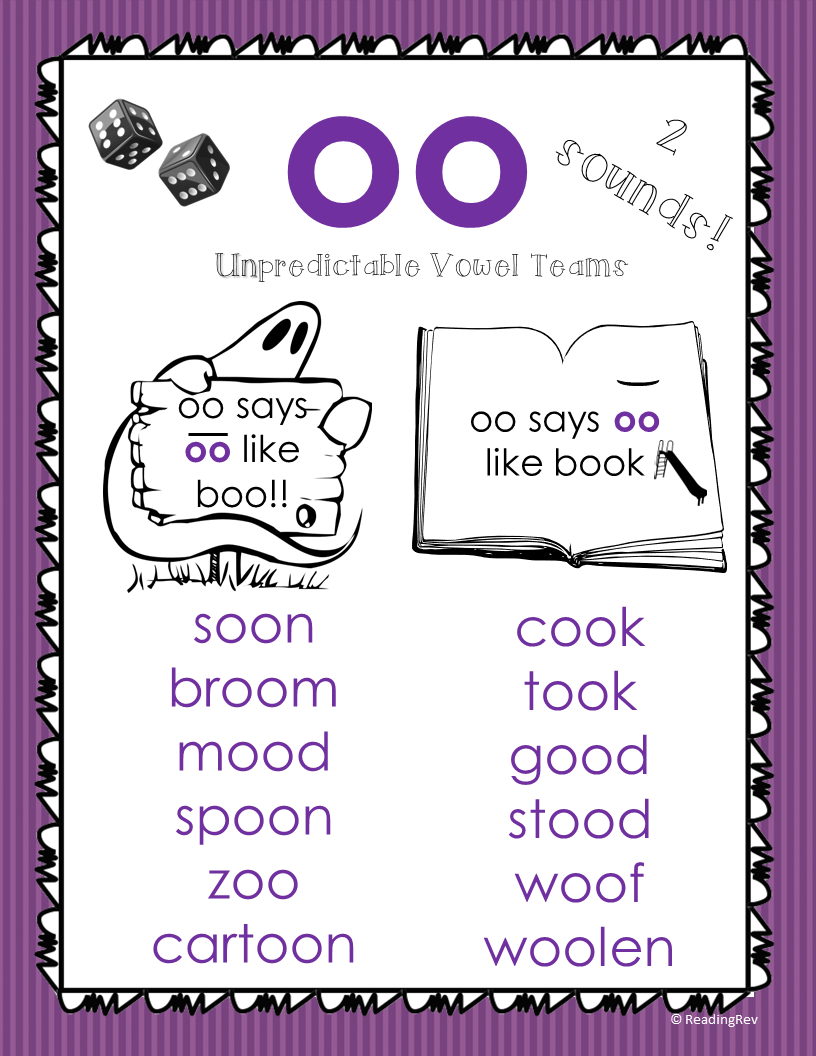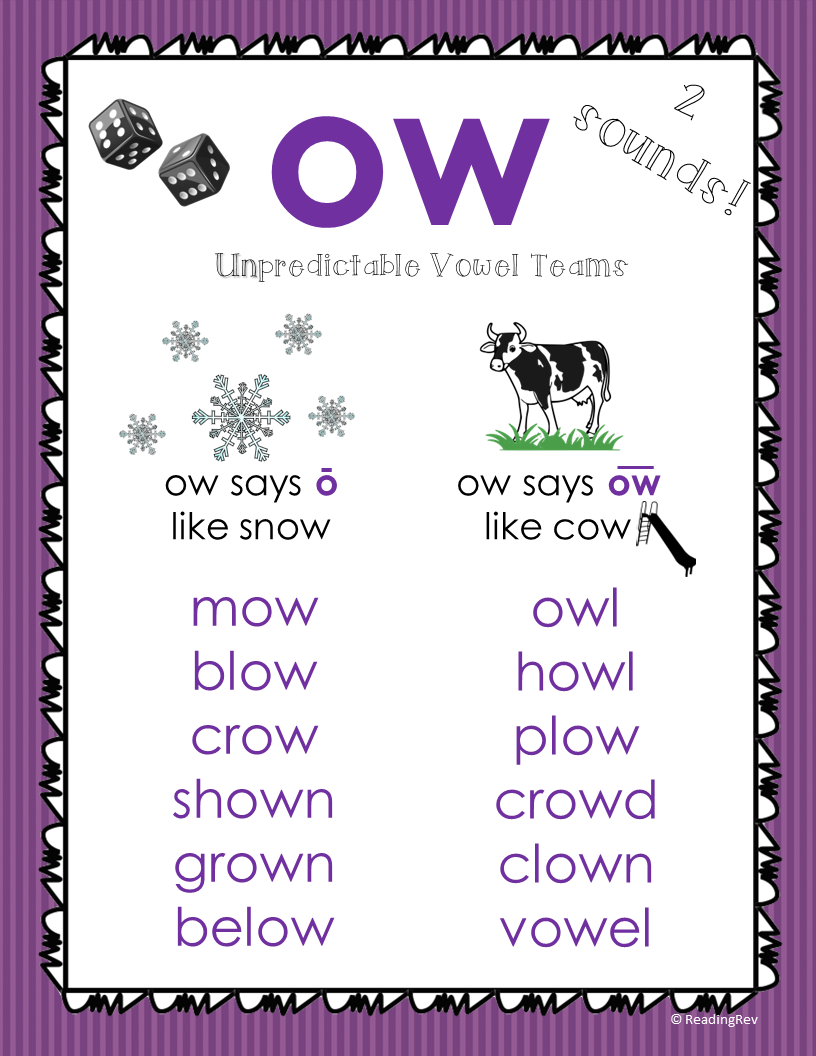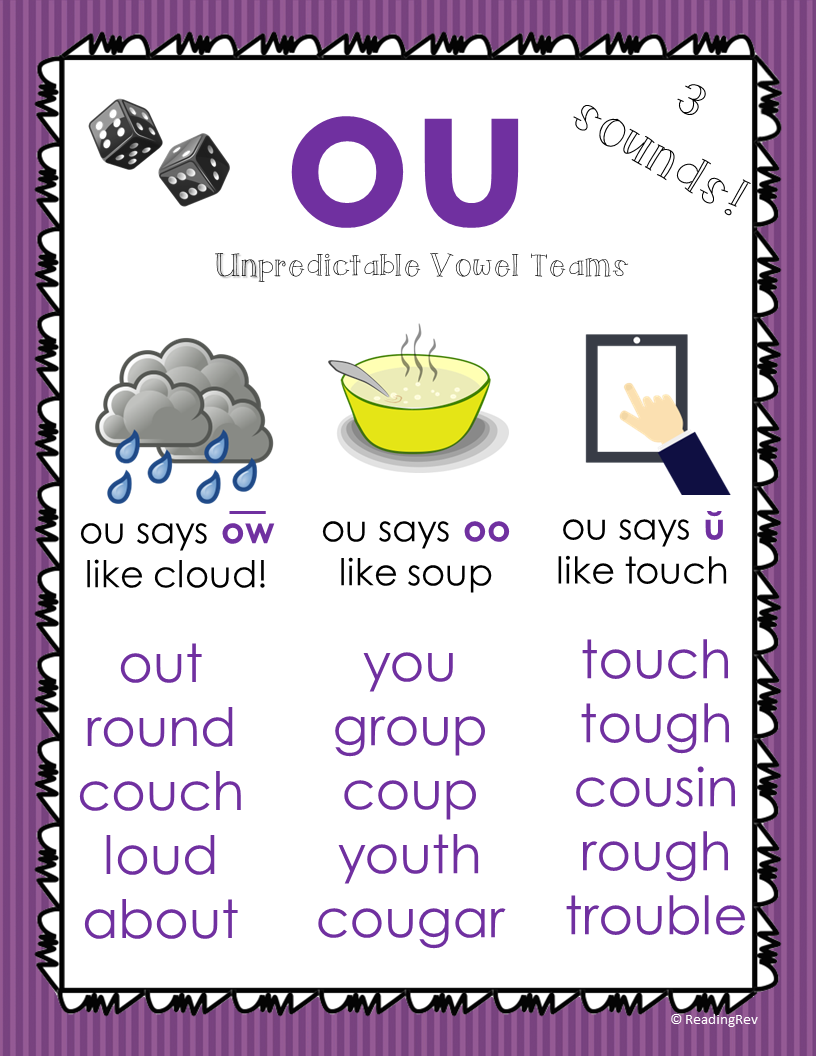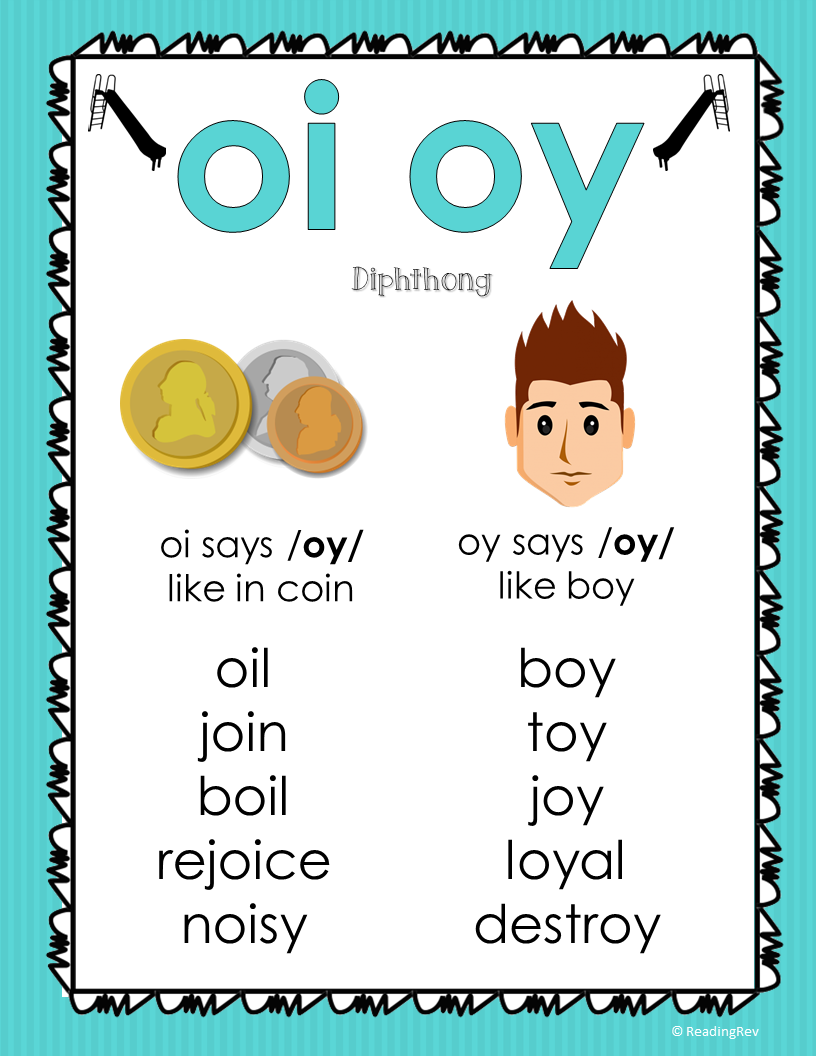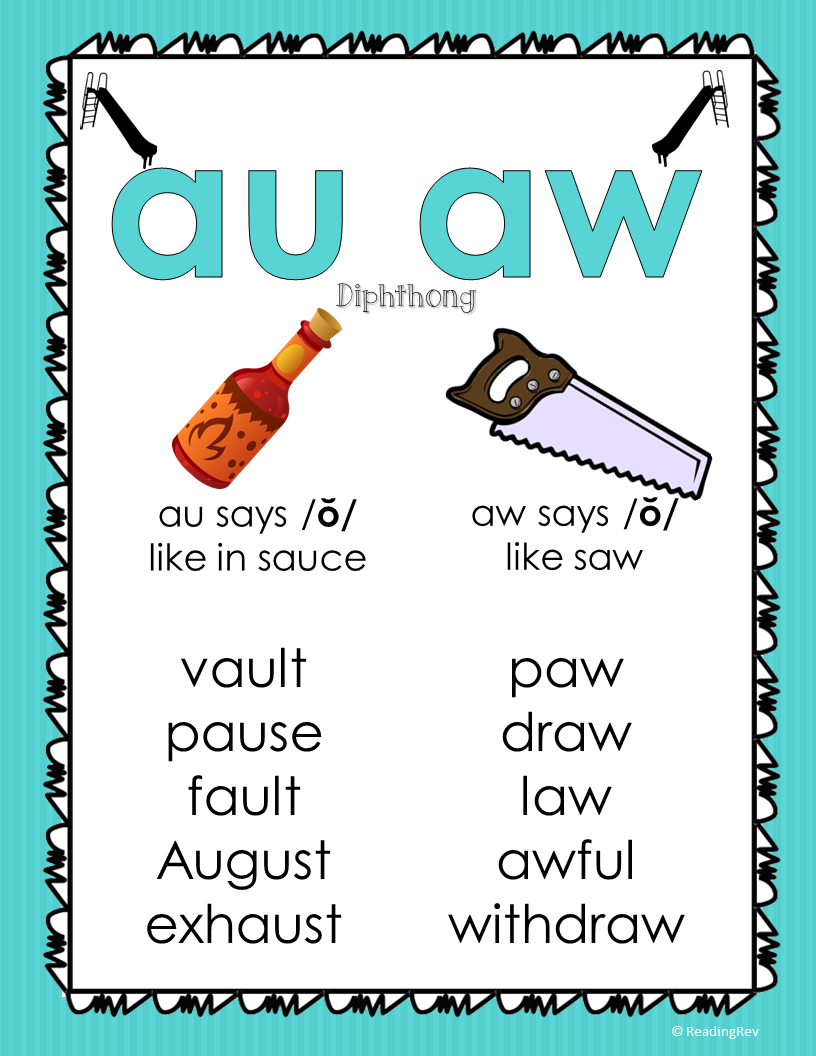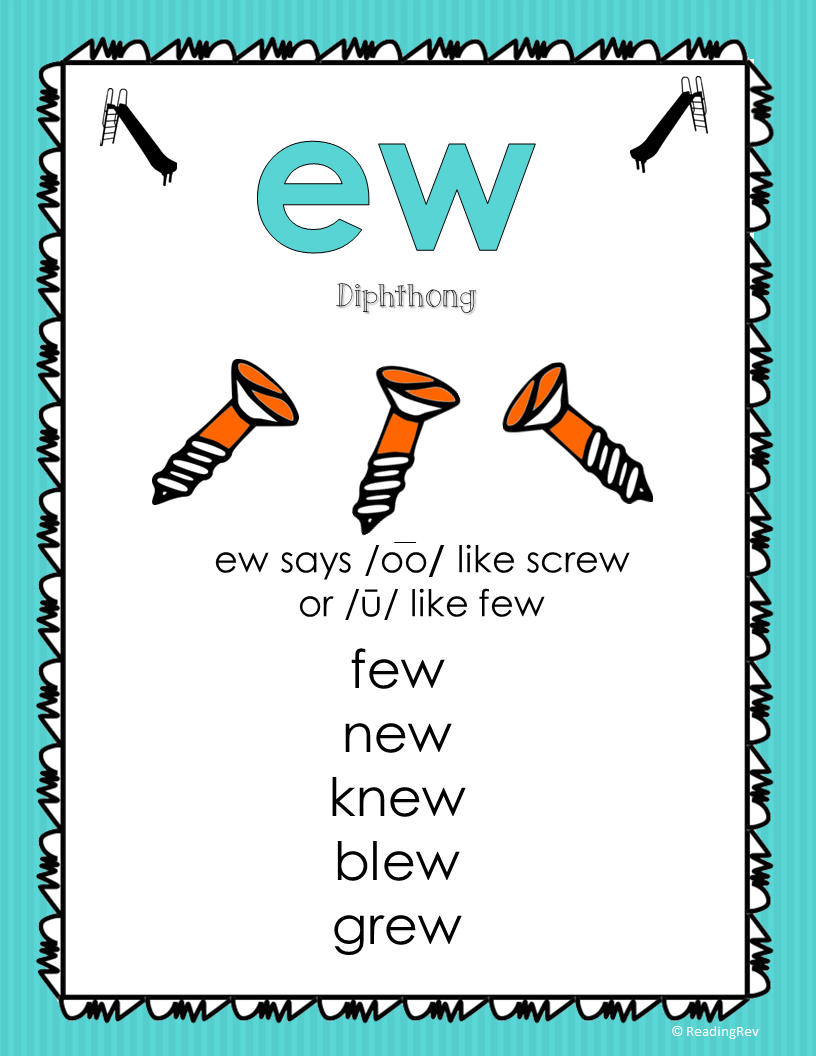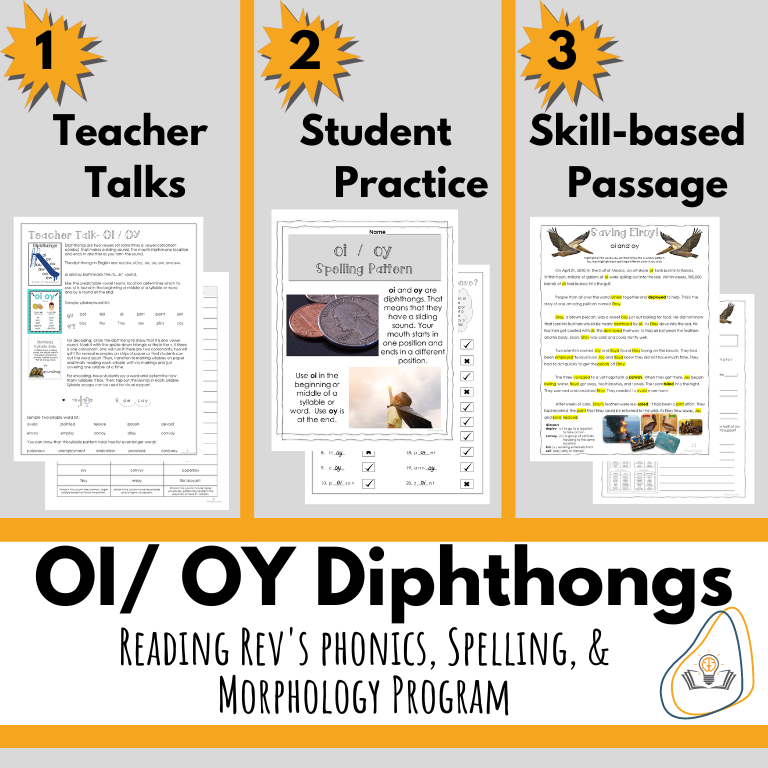Vowel Teams: What We Never Learned, Explained.
Vowel Teams are tough! In fact, many kids can’t successfully decode and encode (read and spell) until they understand these higher-level concepts. The problem is that many teachers never had explicit instruction in phonics themselves. The result is we have an ambiguous, confusing part of our language that is often glossed over. Let’s simplify and break it down.
Vowel Teams are two vowels, or sometimes a vowel/consonant combo, that represents a new vowel sound. The first thing to understand is that there are vowel teams that always represent the same sound, and vowel teams that can represent more than one sound.
Location! Location! Location! When it comes to vowel teams, location determines which vowel team we use. For example, ai spells /ā/ in the beginning or middle of a word; ay spells /ā/ only at the end of a syllable or word.
You can see an example of a predictable vowel team structured literacy lesson here.
Predictable Vowel Teams always represent or spell the same sound. These are the predictable vowel teams: ai, ay, oa, oe, ee, and igh.
Teach the meanings of the words predictable and unpredictable. Students will then know that whenever they see one of these predictable vowel teams, they can be sure of the sound it spells.
Say, “AI spells a like train, at the beginning and middle of a word.”
“AY spells a like play, only at the end.”
Unpredictable Vowel Teams are two vowels that represent or spell different sounds in different words. Here’s where things get tricky. Explicit teaching must occur! Long /ī/ can be spelled five different ways. We cannot expect kids to just “pick it up!”
The unpredictable vowel teams are: ea, ie, oo, ow, and ou, ew, ue, ei, ey, and ui.We break unpredictable vowel teams into a basic and advanced set. This is the basic set. You can see that ea represents three different sounds. Again, often the location in the word gives the hint of which vowel team to use.
Check out our full Vowel Teams Simplified Anchor & Poster Pack. You can find them here.
Finally, we have diphthongs. This is when it gets really crazy! Diphthongs are vowel teams that represent a sliding sound. The mouth starts in one place and ends in another. Teach diphthongs using mirrors so kids can see how their mouth position changes with these sounds.
These have also been called “whiny” or “emotion” teams because they sound full of emotion. Position still matters!
Technically, some vowel pairs can be a vowel team or a diphthong depending on the sound. The team OW can spell / ō/ as a vowel team and /ow/ as a diphthong. We do not split hairs when talking about these terms with students. You can decide how in-depth you would like to teach.
We explicitly teach all of these vowel teams. Do not leave it up to your students to figure out these complex patterns. These patterns should be taught with explicit instruction, pictures, note catchers, word sorts, practice, and games. Multi-sensory instruction is key! And then, review, review and review some more. You can find the Reading Rev Scope and Sequence in the FREE Resource Library.
Reading Rev's Phonics, Spelling, & Morphology Program includes all the vowel teams and diphthongs. To find out how this system can provide initial learning, student spelling practice, corresponding skill-based passages, and in-depth teacher guides, check this out!
Join us for the next Reading Rev Professional Development Conference if you could use some explicit, direct instruction in structured literacy!
